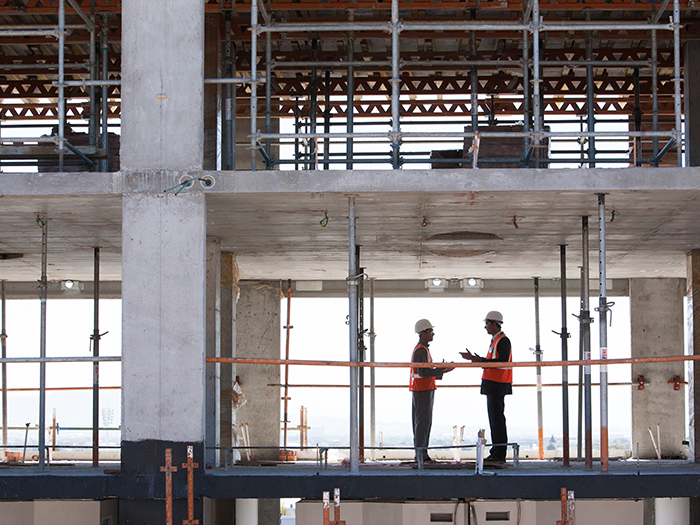The Predict & Prevent™ Podcast Episode 5: Harnessing Data to Better Predict and Prevent Losses

Improving the ability to capture more precise risk data not only helps predict potential losses but also makes it possible to measure and incentivize risk prevention efforts.
The podcast team for Predict & Prevent™ dives deeper into this topic with its fifth episode “Predicting Wildfires, Worker Injury with Better Risk Data,” featuring insight from two Insurtech CEO guests.
Host Pete Miller, CPCU, and CEO of The Institutes sits down with Kevin Stein, CEO and cofounder at Delos Insurance, and Sean Petterson, CEO and founder of StrongArm Technologies, to learn how they are leveraging technology to gain new insights on changing wildfire patterns and unsafe work activities.
In the first segment, Miller and Stein explore why risk models aren’t keeping up with changes in wildfire risk, the power of AI to enable more precise forecasts, using data for risk mitigation recommendations and incentives, insurance challenges caused by deficient data, and why insurance must remain open to new approaches to emerging problems.
“Our analysis shows that there’s about 6 million homes across the entirety of the U.S. that are struggling to find coverage because of perceived wildfire exposure. Our modeling says that 3 million of the 6 million are miscategorized, are actually quite safe and deserve to have pretty reasonable policies,” Stein said.
“The other 3 million are definitely exposed to wildfire. However, with certain hardening changes to the home, the landscape, forest management … those homes can be insured profitably as well.”
In the episode’s second segment, Miller and Petterson discuss his personal motivation to make workers safer, how pivoted from full-body exoskeletons to wearables for actionable real-time data, improving ergonomic movement analysis, incorporating worker feedback, changing culture to embrace safety innovations, and using data to show the ROI of injury prevention.
“Our mission is to use data to create a better future for industrial workers. And we do that by deploying wearable devices that capture data in real time and deliver haptic feedback to eliminate the injury before it happens, and then take that data and insert it into every aspect of the value chain so that we can put safety in the center of all conversations at a business,” Petterson said.
To listen to this and other episodes, visit predictandprevent.org, or look for Predict & Prevent on most podcasting platforms. New episodes come out every two weeks. &
Improving the ability to capture more precise risk data not only helps predict potential losses but also makes it possible to measure and incentivize risk prevention efforts, according to Insurtech CEO guests on “Predicting Wildfires, Worker Injury with Better Risk Data,” the fifth episode of the Predict & Prevent podcast from The Institutes. Listen now.









